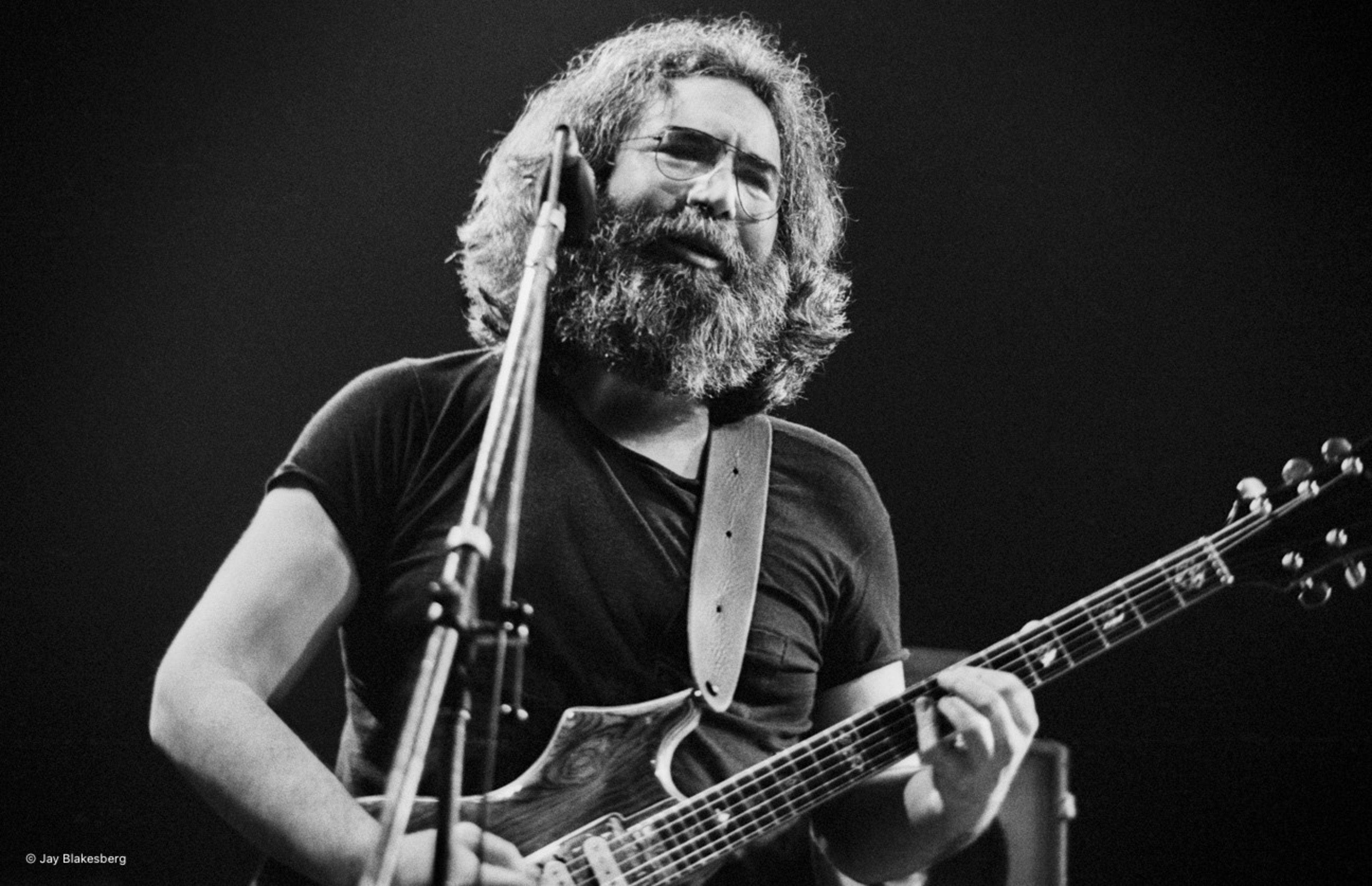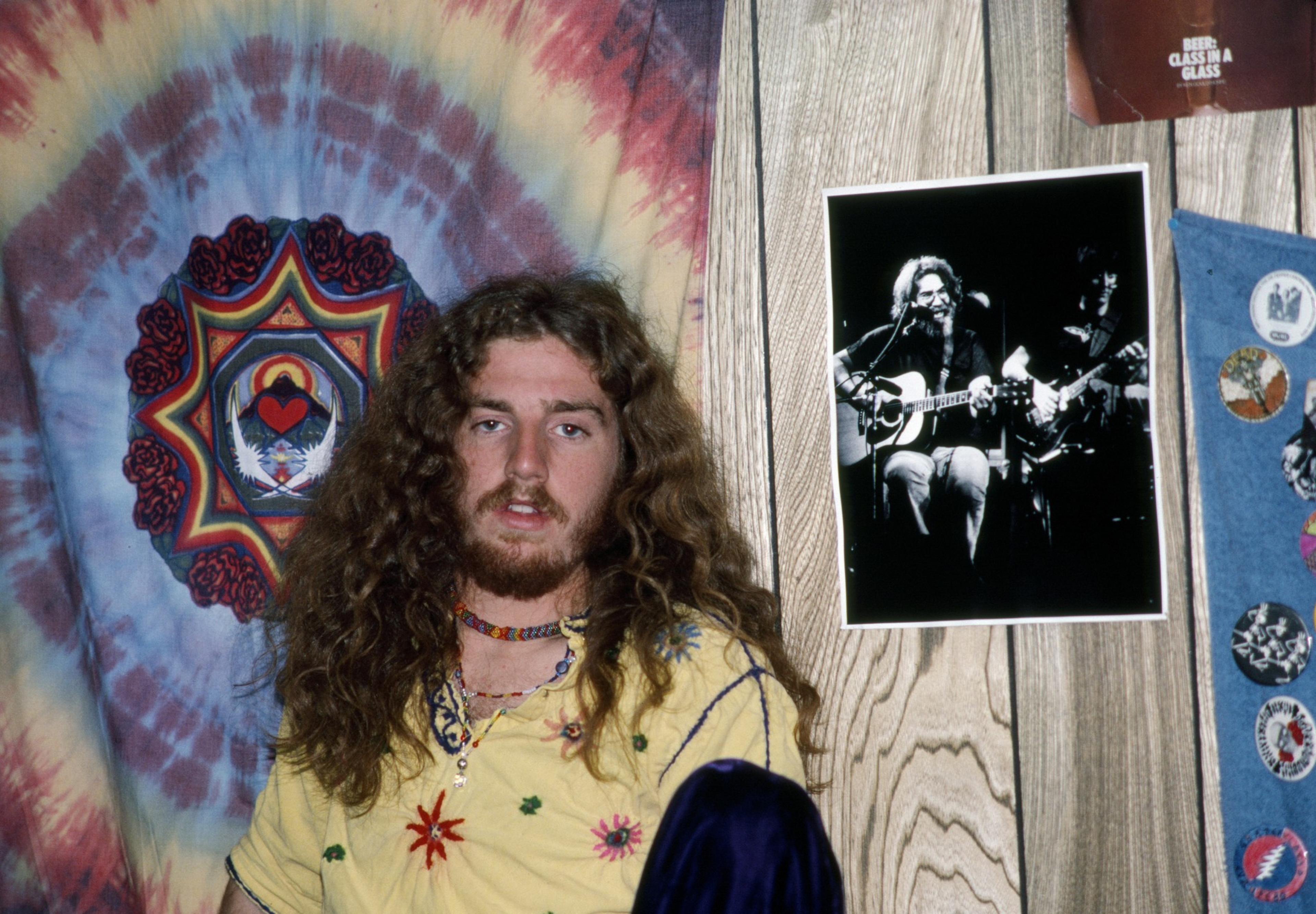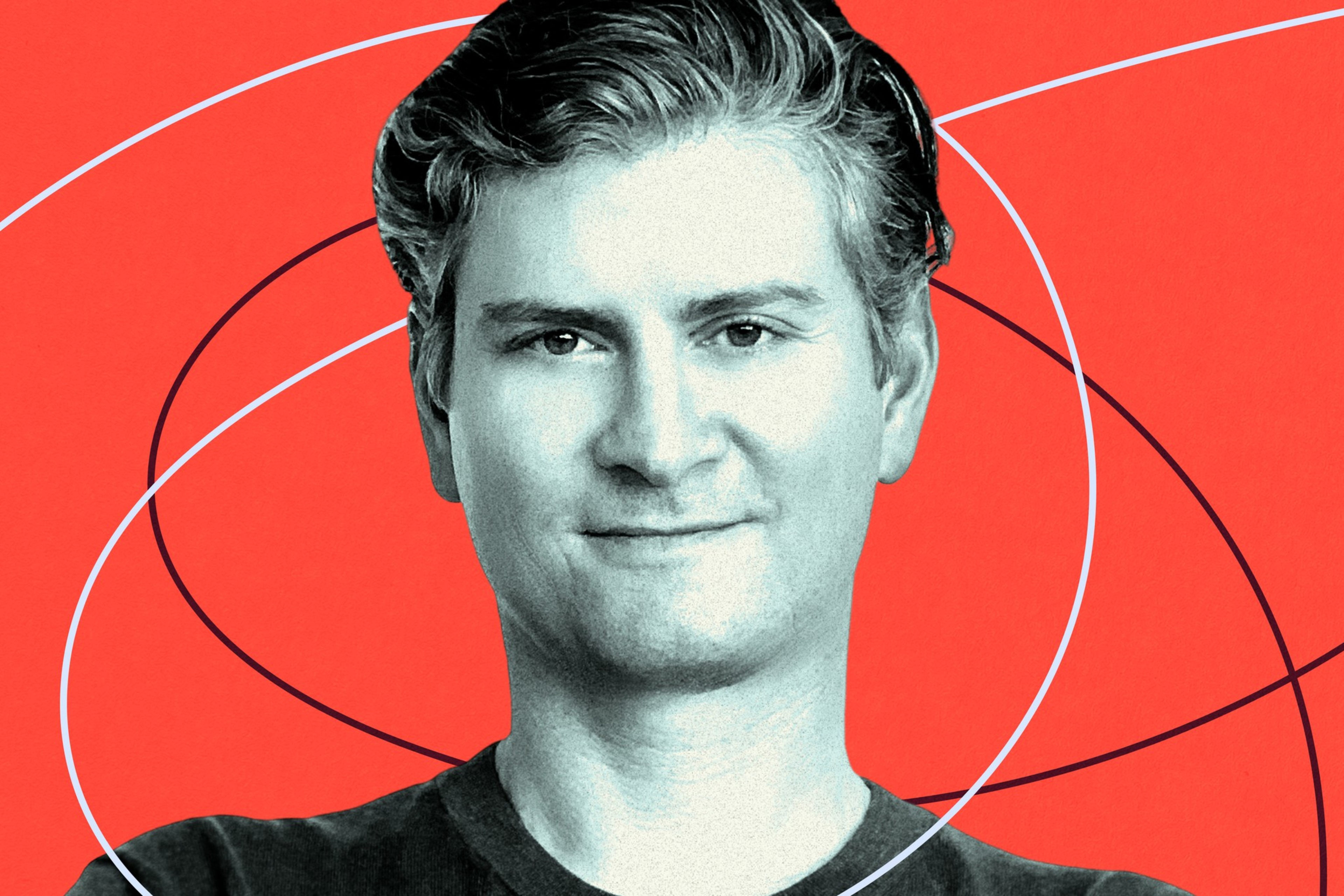Tie‑dye is blooming across San Francisco, and Golden Gate Park is bracing for a psychedelic invasion: The Grateful Dead are back, celebrating 60 years of music and mischief. Few know this world better than photographer Jay Blakesberg, who has spent nearly five decades capturing the band, its fans, and the counterculture they inspired. And, true to form, he’ll be there this weekend, camera in hand, adding new frames to a lifetime of history at the Dead & Company shows.
But let’s take a beat back to 1978. Blakesberg was just 17 when he sold his first photographs to a small weekly newspaper in New Jersey. For a handsome fee of $7.50 per photo, the Aquarian Weekly printed his shots of the Grateful Dead.
He couldn’t have known it then, but those images were the first of thousands that would define his career. Over the next four decades, Blakesberg chronicled some of San Francisco’s most memorable rock moments — from Bono spray‑painting the Vaillancourt Fountain to John Fogerty’s day in court against Fantasy Records — while shooting legendary portraits of Beck, Joni Mitchell, and the Red Hot Chili Peppers. Through it all, he continued to turn his lens to the Grateful Dead, becoming the band’s definitive visual historian.
The Standard interviewed Blakesberg in 2024 about the songs that shaped his life — two of which are by the Grateful Dead — for our podcast “Life in Seven Songs.” Here are excerpts from the interview, edited for clarity and length.
You’ve been photographing the Grateful Dead since you were a teenager. Do you remember the first time you saw them live?
My first Grateful Dead concert was in 1977. I was 15 years old, and we sat in the front row. The guy that brought me had a camera, which we passed around. And there’s one little print that exists from that concert somewhere. Maybe I took it. Maybe he took it. Nobody really knows. I’m going to say I took it because it’s composed properly — it’s an OK photo.
And it’s Jerry Garcia?
And it’s Jerry. You know, a lot of photographers talk about that moment when they see that first photograph come out of the developer and under the red darkroom lights. And it’s a life-changing moment — and it’s really fucking true.

You’ve described Grateful Dead fans as a “music-loving circus of freaks and misfits.” What led you to join the circus?
In the ’70s, when I was in high school, we didn’t have the internet to tell us anything. We had FM radio. We had album liner notes. We had books like “On the Road” and “The Electric Kool-Aid Acid Test.” We didn’t want three children, a two-car garage, or to live in the suburbs. We were trying to find our place in the life script of birth, school, work, death. Who are we? How weird are we? So all of these things kind of categorized us as misfits.
And you continued to photograph.
My dad had bought me a camera for my 17th birthday. After that, I photographed the Grateful Dead again in Rochester, New York, in 1978. And that was the first time that I got published in print and was paid money for my photographs. I was paid $7.50 for each photo — $15 total. I was 17 years old, but I was a paid, published photographer. It was one of those sparks early in your life that turns into an inferno.
Tell me about the Grateful Dead song “Eyes of the World.” It made an impact on you as a teen, right?
It’s on an album called “Wake of the Flood” that came out in 1973. There was a snow day in the winter of late ’77 or early ’78, and we dropped acid for the first time. There’s a line in there: “Sometimes we live no particular way but our own.” That’s the lyric that really resonated. That was metaphysical. That was religious. That was colorful. That was orgasmic. We were not afraid to tune in, turn on, and drop out. I’m not saying that psychedelics are for everybody. But for the people who tapped into it, the genie was out of the bottle, and we never wanted to put it back in. There was a whole world in front of us. And for me, that world was no longer in suburban New Jersey. I needed to get to San Francisco.
How would you describe your relationship with Jerry Garcia?
Jerry was a very sharp, clever, self-deprecating, funny guy. Very smart.
He didn’t like to be photographed, right?
You’re correct. Jerry did not like to be photographed. In 1993, I did a portrait of him for the cover of Acoustic Guitar magazine, and I knew that Jerry hated to be in front of the camera for long periods of time. So I gave him a guitar and just let him play. And he sat there for almost 30 or 40 minutes for me.
Give the man a guitar.
Just give the man a guitar and let him play.
Tell me about “Attics of My Life.”
It’s a song about the end of your life. You want to look back, and you want to say, “I lived a good life. I lived a fulfilling life. Not only for me, but I did good things for other people.” What a beautiful lyric: “full of tastes no tongue can know.” It’s not just about tasting food or water or drink. It’s tasting life, right? So here’s a song that skims the surface of a whole life and all the experiences you might have. I’m 62 years old, and I’m on the other side, where the clock is ticking faster. I’m hoping I get to have way more experiences, because I’m still having a lot of fun, and I’m not ready to go anywhere. So even though it’s a song about mortality, I’m hoping that I don’t have to deal with that for many years.
Listen to the full podcast episode with Jay Blakesberg on Spotify (opens in new tab) or Apple Podcasts (opens in new tab).



